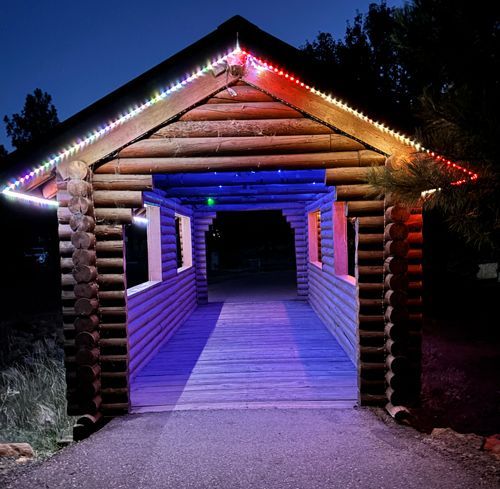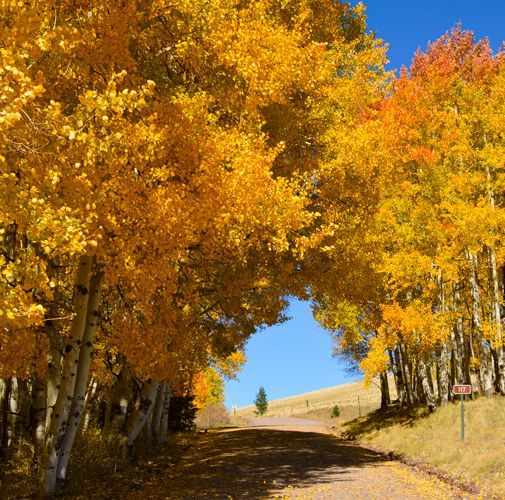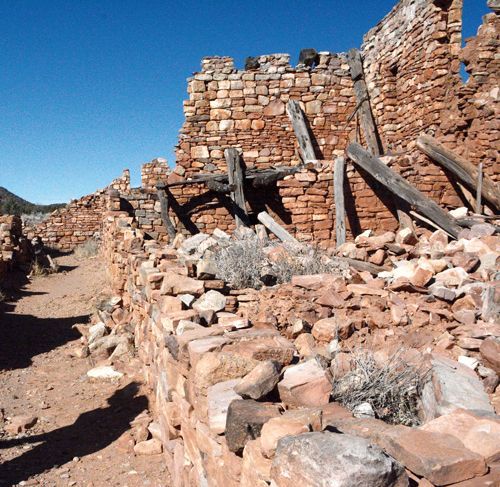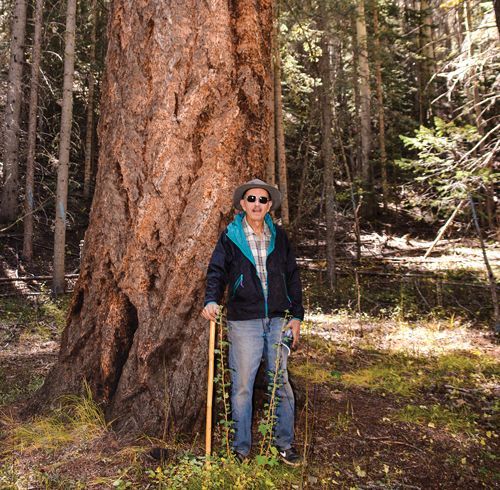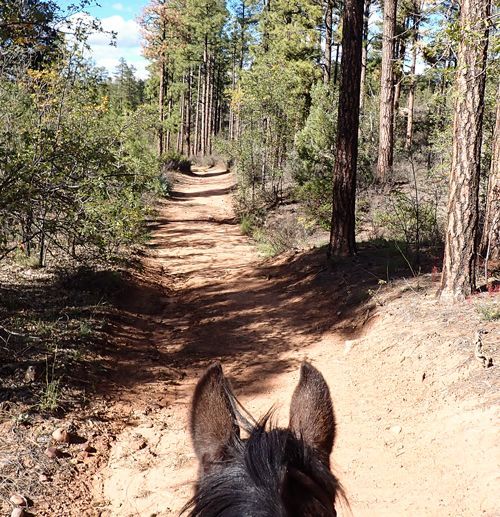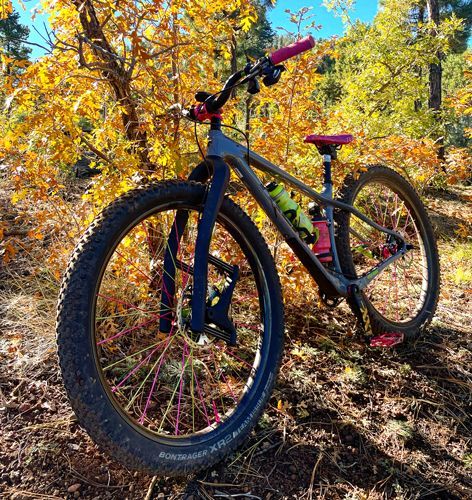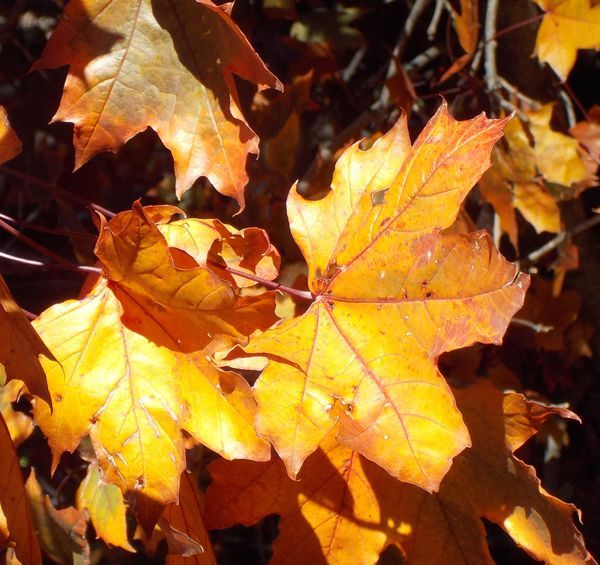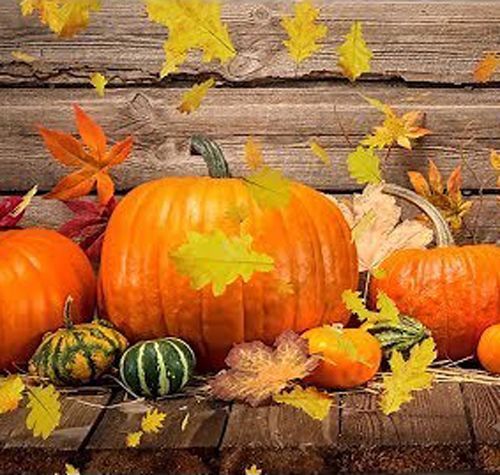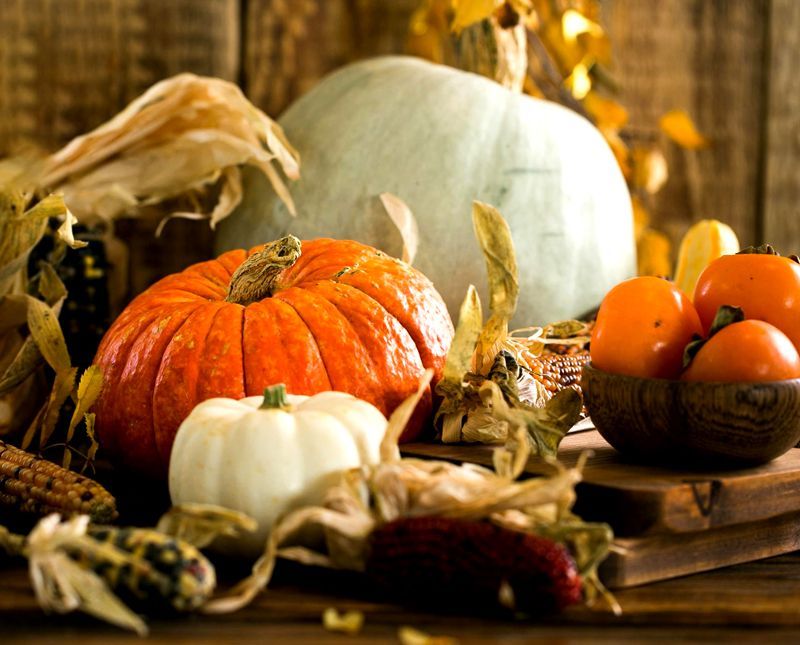IT'S TIME FOR THE ANNUAL HUNTING SEASON OF WILD IRISES!
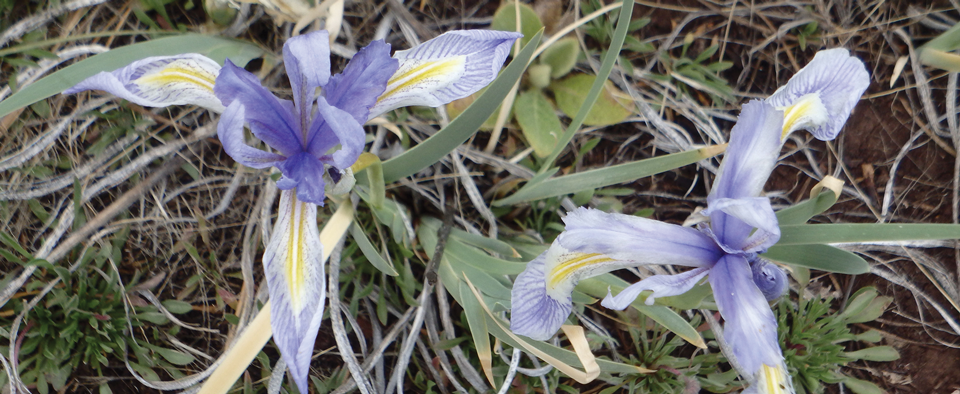
© April 3, 2020
In April, the spring winds launch their annual attempt to blow us all off the White Mountains. The mud in the Forest is drying out and the earliest wildflowers are starting to bloom. Wild iris leaves are emerging from the moist soil beside the creeks and in the meadows. It’s time for the annual hunting season for iris flowers, though opening day is uncertain because the irises begin blooming in late April or early May in Lakeside but may not bloom until August or September at the higher elevations. Hunting wild iris flowers requires only the ability to walk and observe -- and maybe a camera to photograph the flowers. It’s a more engaging sport than you might think.
I’m not a botanist so I looked up the irises in the field guides to verify the accuracy of my personal observations. The Arizona variant of the Rocky Mountain Iris or Western Blue Flag is a native species in the White Mountains that grows at elevations ranging from 6,000 feet to almost 10,000 feet. The irises grow on stream banks, in water courses, springs, meadows and any place else where the soil stays moist enough to satisfy the plants. The iris rhizomes and rootstocks are poisonous. Here in the White Mountains, the flowers are smaller than domestic irises. The irises are perennials but each plant usually blooms only once per year, though the iris leaves are green throughout the spring, summer and fall. Flower guidebooks and other resources say the irises bloom in varying shades of purple or violet. Our White Mountain irises comply with the field guides while being more individualistic than that. The weather influences when the irises bloom so in the dry spots or dry years, some plants flower during the summer monsoon season rather than in the spring. Some years, most of the iris plants bloom within the same week or two which creates a gorgeous mass of flowers. Other years, the irises bloom individually or in small clusters, spreading the flowering season out over a month or more.
In some meadows, the irises grow thicker than the grass, though this is not evident until they bloom en masse, creating waves of light purple flowers that appear to cascade down the water courses. In other places, a single iris plant may be found snuggling up against the trunk of a pine tree, bravely blooming a delicate shade of lavender. When driving by at highway speeds, a brief glance across a meadow full of irises may create the erroneous impression that all the flowers are the same color. When the meadows are dry enough to walk in without damaging the delicate soil, looking at individual flowers reveals that this is not the case.
The color of wild iris flowers in the White Mountains ranges from a deep purple through varying shades of violet to lavender to nearly white. Many of the iris flowers are two-colored with the drooping lower petals a darker shade of purple or lavender than the upright top petals. Other flowers are the reverse, with the darker color on the top petals and the lighter shade on the bottom. Close-up inspection of the flowers reveals numerous shades of purple and lavender. All but the deepest purple flowers have petals with delicate veins of color that are either a darker or lighter shade than the rest of the flower. The wild irises grow in clumps and spread by rhizomes, just as domestic irises do. The color variations appear to be at least partially genetic because flowers in the same clump tend to be the same color, though this may not be the only factor in the color variations. An adjacent cluster of iris plants is likely to be a different color, usually only a slightly lighter or darker shade but sometimes a much darker purple or a much lighter pale lavender. Whatever its color, each iris plant blooms the same color every year. Once you have found a flower of a particular color, you will find it in approximately the same place in future years. I say approximately, because iris plants do migrate downstream during floods and may take root and bloom wherever the stream deposits them as the high water recedes.
Flowers that are the uniformly deep purple color we see in domestic irises are rare among the wild irises. The rarest wild iris color of all is a totally white flower with no hint of any other color. My very rough estimate, based on several years of informal observation, suggests that these pure white flowers represent less than 1% of the iris blooms. They are likely to be a single plant in a cluster of very pale flowers. Pure white flowers may also occur on single, isolated iris plants. Rhizome spreading gradually turns the single plant into a small colony of the pure white flowers in a cluster of related plants. Most of the iris flowers that look white at first glance turn out to have faint lavender grey veins when you inspect them closely so you have to look very carefully at each flower to find the truly white ones. Hunting for the rare pure white iris flowers is an enjoyable way to explore the gorgeous diversity of Arizona’s native wild irises. Remember to only take pictures of the flowers.
QUESTIONS FOR HOME-SCHOOLERS
1.Does the weather effect when irises bloom?
How?
2. What colors are the iris in the
White Mountains?
3. Where do wild iris grow?
4. When do they bloom?

